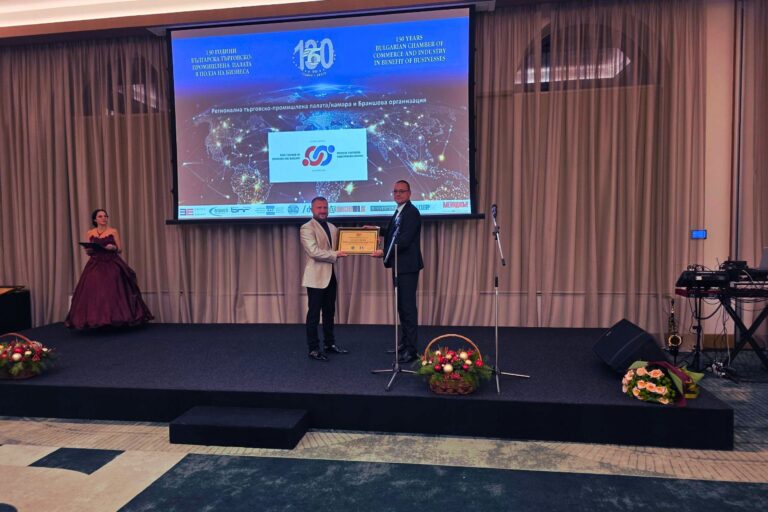The leading challenges facing business in 2025
Companies globally are starting the new year facing increasing uncertainty related to technological and environmental challenges. According to the results of Allianz Risk Barometer for 2025, the key risks that businesses must address include cyberattacks, business interruption, natural disasters, changes in legislation and climate change. Understanding and managing these factors is critical to the sustainability and competitiveness of businesses in the Ruse region and globally.
1. Cyber threats – at the top of the ranking for the fourth consecutive year
Cyber risks will once again top the list of business threats in 2025, with 381% of companies surveyed citing them as their most significant concern. With the growing reliance on digital technologies and artificial intelligence, cyberattack threats are becoming increasingly sophisticated and devastating. Incidents like the one with CrowdStrike in 2024 highlighted how vulnerable even large companies can be.
The biggest fears of businesses include data theft, compromise of critical infrastructure and attacks targeting physical assets. To counter these threats, companies must invest in advanced security technologies, but also in training to improve employee cyber hygiene. Security is not a one-time solution, but an ongoing process that requires a strategic approach and proactivity.
2. Business interruption – a complex threat with multiple sources
Business interruption is the second most serious concern for businesses. Problems that halt companies’ operations are often the result of other risks such as cyberattacks, natural disasters or supply chain disruptions. In 2024, examples of such cases were numerous: Houthi attacks in the Red Sea slowed global trade, and the collapse of the Francis Scott Bridge in Baltimore caused logistical chaos.
Supply chain disruptions with global consequences occur on average once every 1.4 years. Each such event causes economic damage ranging from 5% to 10% of production costs. Companies that successfully adapt to this reality invest in agility and automation. The use of predictive analytics technologies and supplier diversification are key risk management measures.
3. Climate change – a catalyst for multiple risks
After the world experienced its hottest year on record in 2024, natural disasters ranked third among the top risks to business, with climate change fifth. Floods in Europe, storms in North America and droughts in Africa and South America demonstrate the scale of the damage that extreme weather can cause. In 2024, insured losses exceeded $100 billion for the fifth consecutive year.
Companies need to take sustainability measures by developing strategies for adapting to climate change. In the Ruse region, where the Danube River plays a key role in the economy, businesses need to invest in water management infrastructure and support policies to reduce carbon emissions.
4. Regulations and geopolitical risks – complex and intertwined threats
Changes in legislation imposed by geopolitical events are also a significant risk. The complexity of international trade is growing due to customs tariffs, new regulations on artificial intelligence and cryptocurrencies, as well as increasing sustainability requirements. Companies must invest in digitalizing their administrative processes and monitor regulatory changes closely to avoid financial and operational difficulties.
Navigating today's complex business environment requires a proactive approach to risk management. As a key partner to the business, and through the implementation of initiatives such as BE-Digital - Alliance to promote innovation in business and education through digital supply chainsThe Ruse Chamber of Commerce and Industry promotes the implementation of innovations, good practices and strategic approaches to help businesses cope with cyber threats, climate challenges and the changing regulatory environment.






